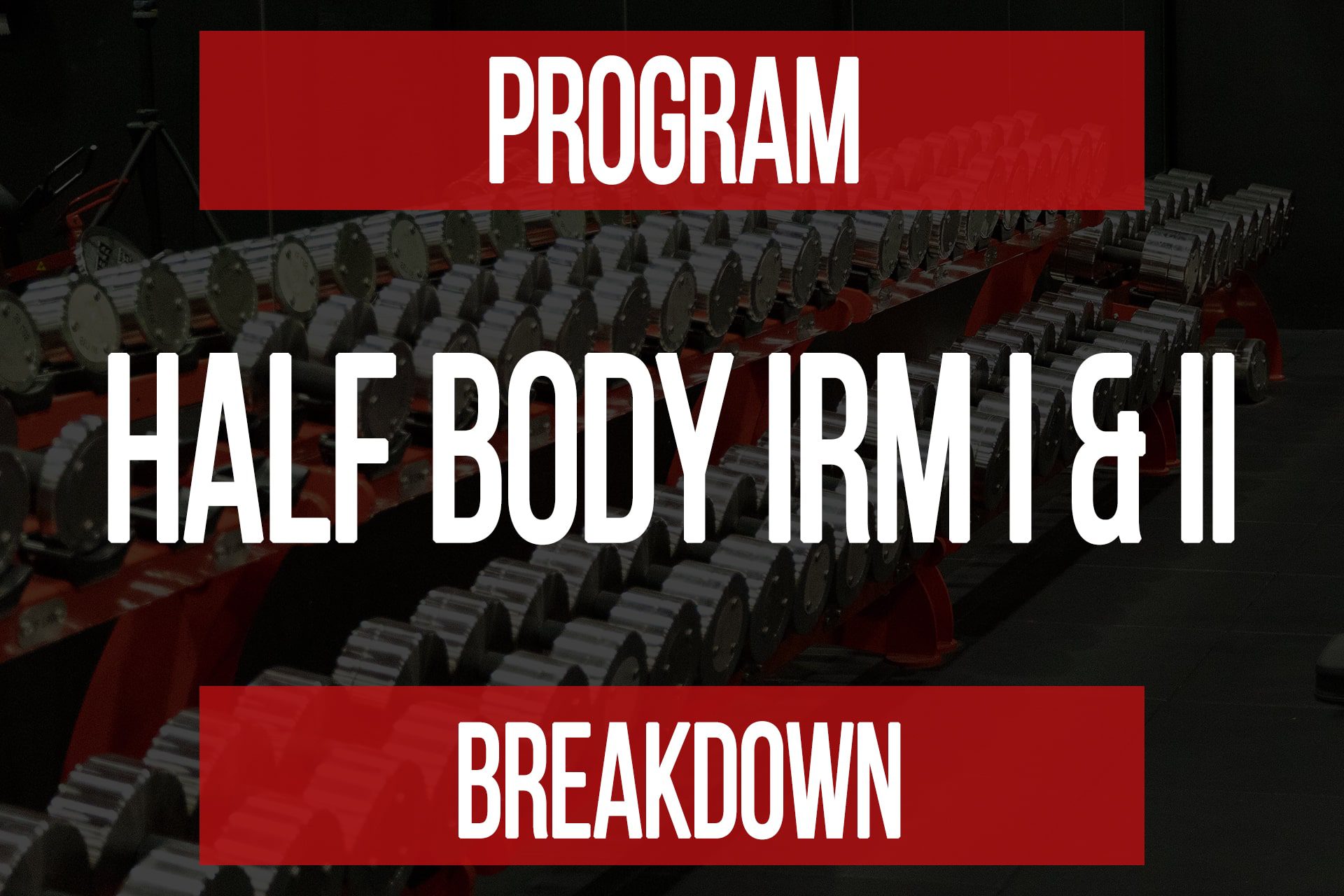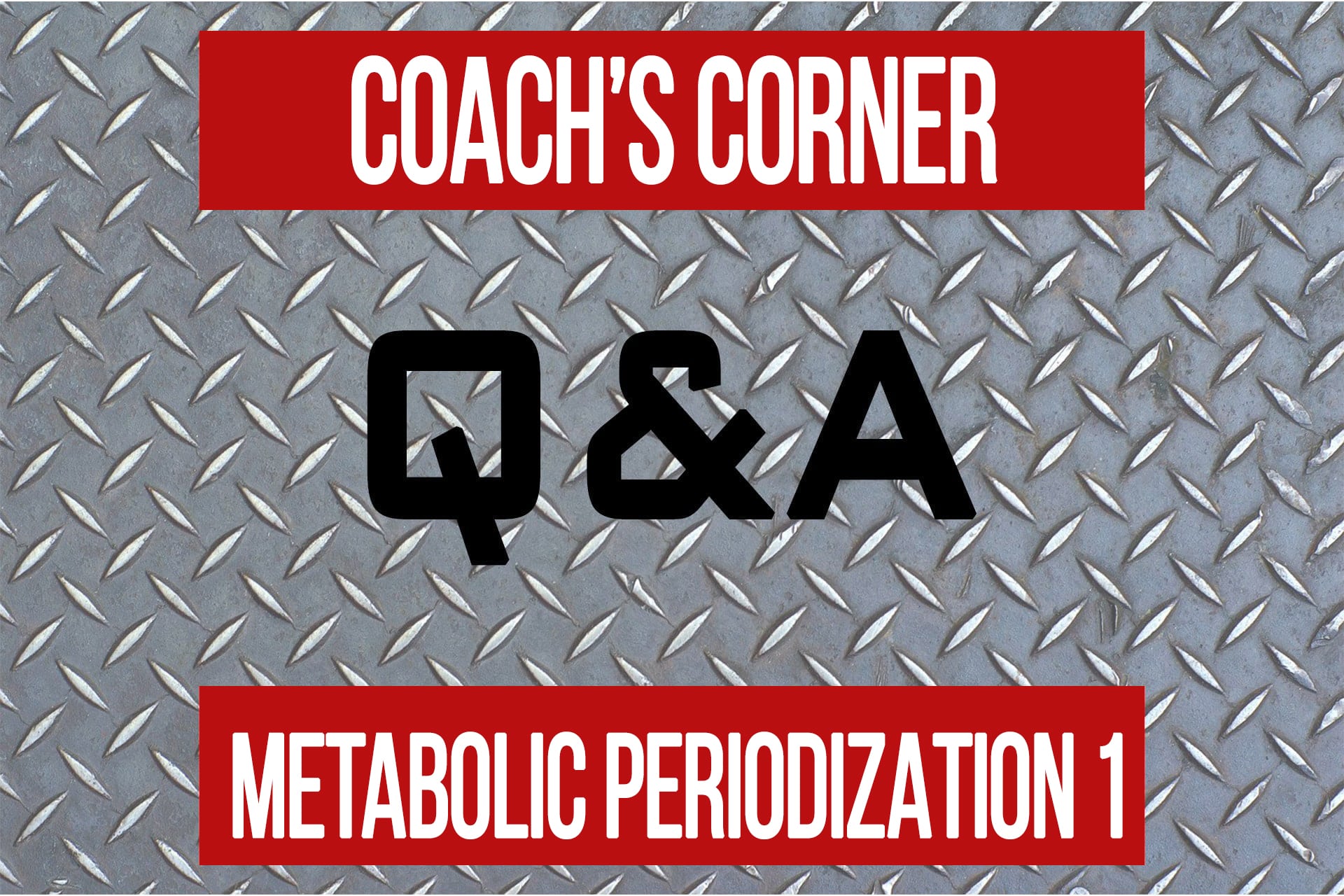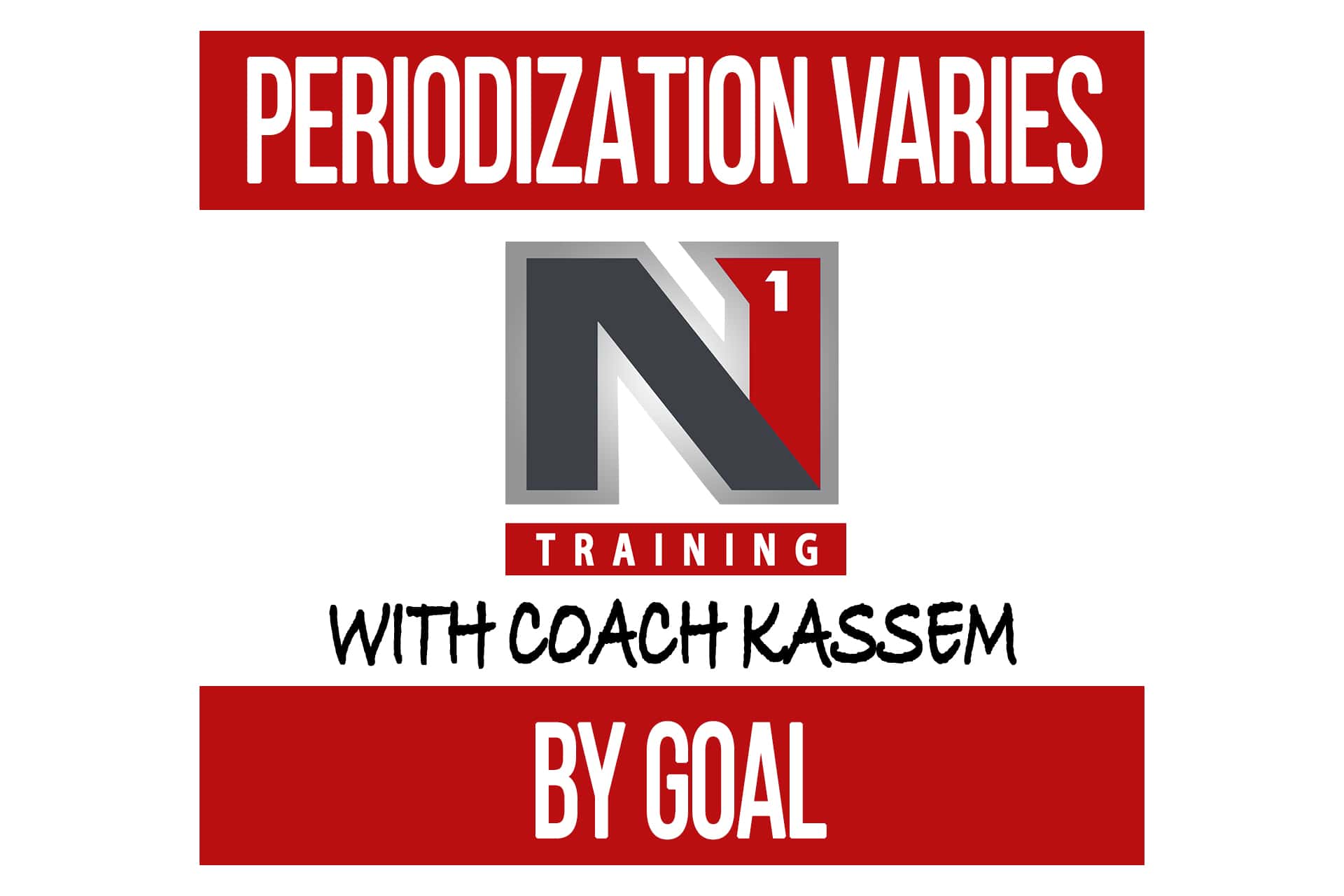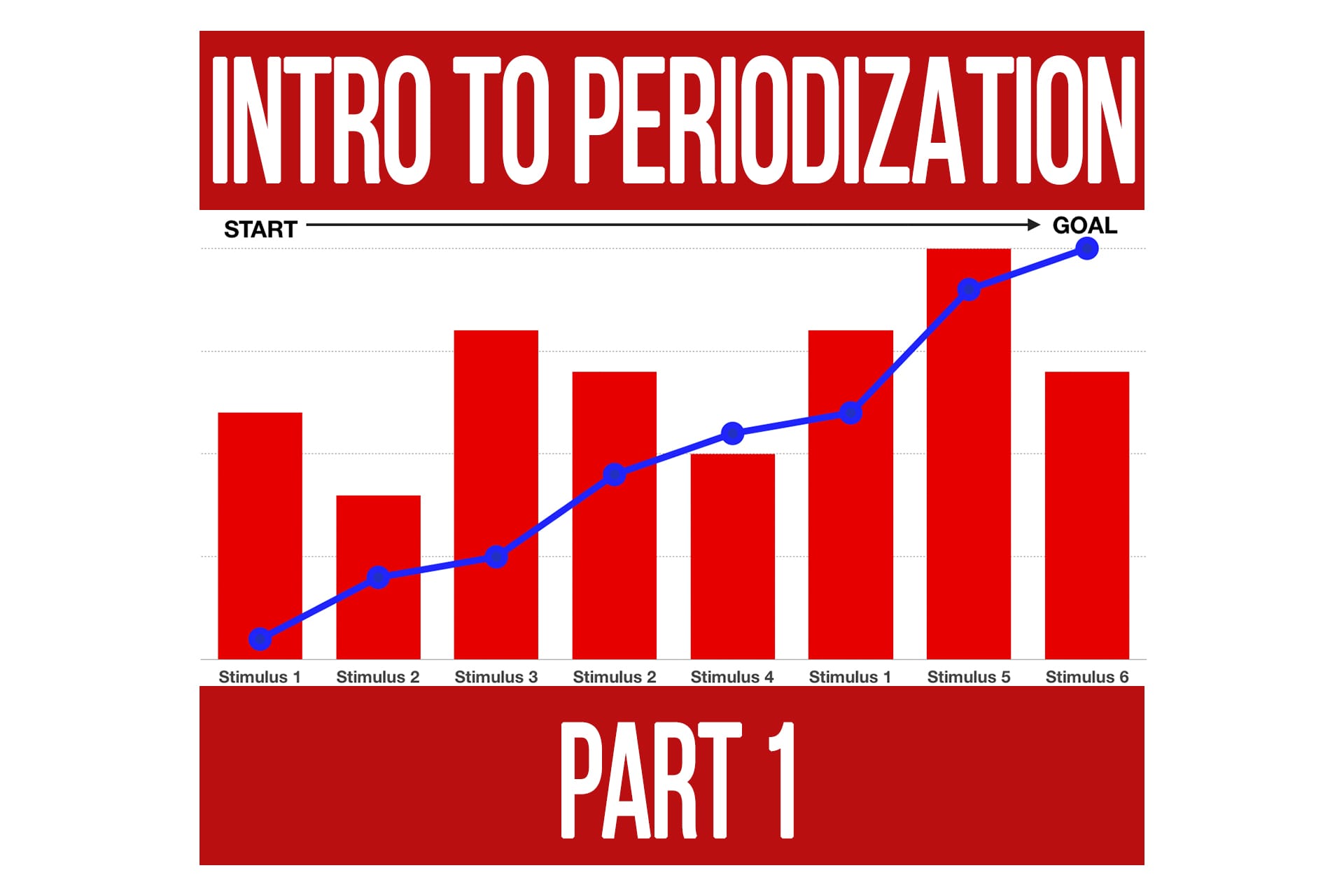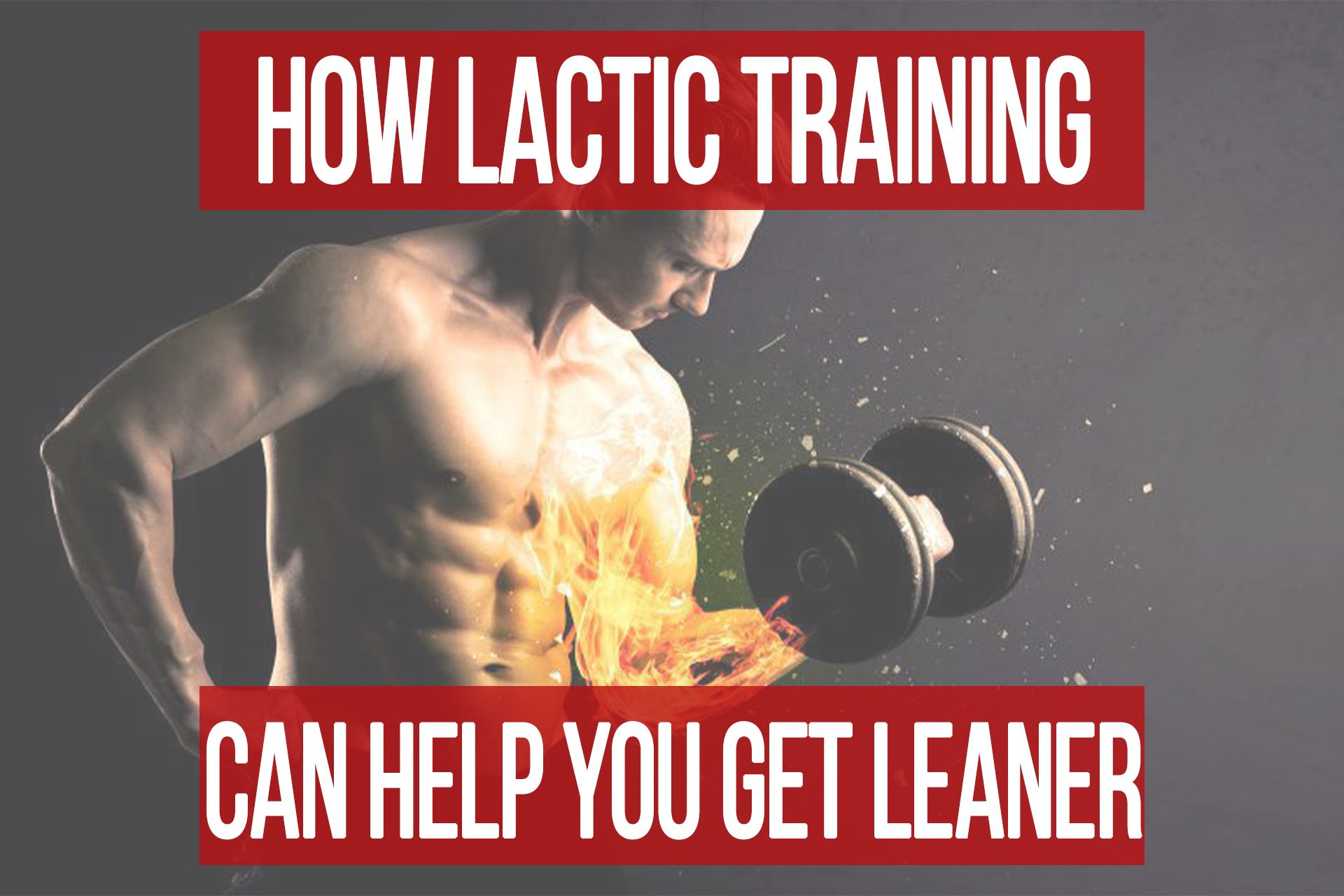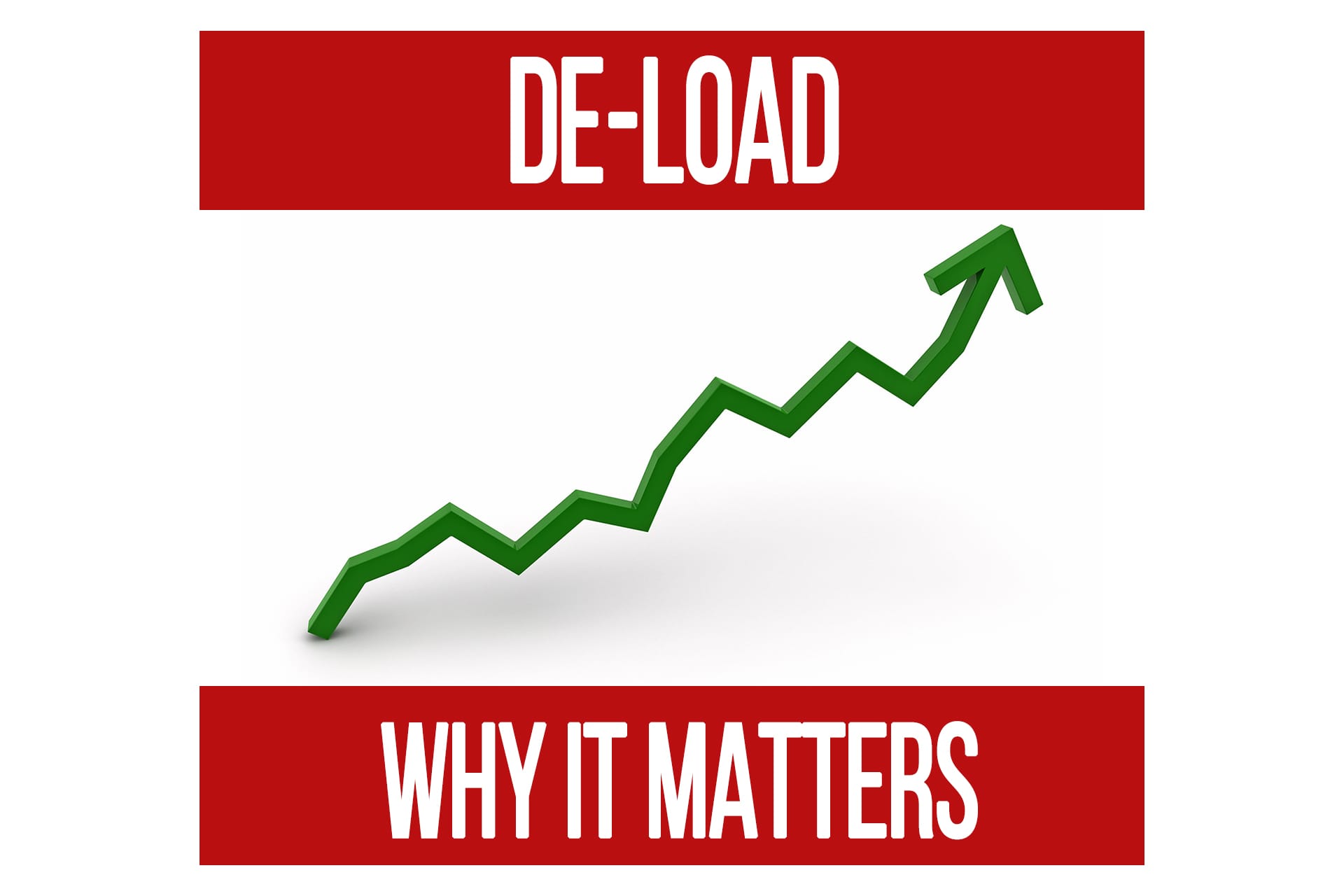Potentiation: Preparing for Better Progress
n1 training
Potentiation: Preparing for Better Progress & Performance
Potentiation is a very important concept to understand for any fitness goal.
Definition: The increase in effectiveness or magnitude of a future outcome.
The entire purpose for resistance training is to create an adaptation that we consider desirable.
Losing body fat, building muscle, becoming stronger, and improving stamina for physical activity are all adaptations as a result of stresses we create (stimuli) through our training.
Progress towards any of these goals can be limited by a number of factors. Intelligently designing a periodized program, over the course of weeks and months, can allow us to improve these “weak links” that would otherwise impede our rate of progress.
For example, if cardiovascular efficiency is poor it can be difficult to perform the amount of training volume within a session at a high enough intensity for growth, especially if you’re training multiple large muscle groups and don’t have 2+ hours to spend in the gym. It will also limit your rate of recovery between sessions. So by training the cardiovascular system with a systemic-metabolic type of program, improving its efficiency and tolerance to stress, you can then perform better in your future hypertrophy programs. The systemic program would have potentiated your cardiovascular system to enhance your performance in the later programs.
In order to design the best periodized plan possible, we need to look ahead and figure out what might potentially limit our performance and recovery in each phase. We then place specific programs to improve those weak links.
By knowing what the limiting factors can be, we can then design programs to improve them for potentiation of future progress in programs more specific to your desired goal.
Limiting Factors
So what are some potential limiting factors that might impede results?
(This is not an all-inclusive list)
Neurological coordination
Neurological efficiency (intensity)
Systemic Conditioning
Local Conditioning (Mitochondrial efficiency and number per cell)
These can potentially limit maximum progress for ANY goal (fat loss, hypertrophy, strength). This brings us to an important point we touch on often; don’t ONLY do programs or training stimuli that directly relate to your goal.
Here is an example to help illustrate this concept more clearly.
If we look at the goal of hypertrophy, we can categorize the hypertrophy-specific programs by stimulus. Some will be more intensity driven, some by total volume of tension-based work, and others are more metabolically biased. Each of them can have different limiting factors potentiation of different qualities with specifically designed programs can help improve your results.
Intensity-focused programs will most likely be limited by neurological coordination and neurological intensity (ability to recruit more and higher threshold motor units). Performing a dedicated neurological program can help potentiate your ability to maintain execution at higher intensities, allowing you to keep more tension on the target tissue without excess compensation (which can also decrease the potential risk of injury)
Volume-focused programs can most often be limited by systemic conditioning. To some degree neurological intensity and local metabolic conditioning as well, depending on how it is written. So by working on systemic conditioning, it can potentiate your ability to handle higher volumes of training and speed up recovery.
Metabolic-focused programs will most likely be limited by local conditioning and sometimes systemic conditioning depending on how many muscle groups are being trained in a single session and the format of the workouts. Usually not limited by neurological intensity, but improving that can have other benefits in this type of program that are beyond the scope of this article.
By completing programs that challenge specific qualities, even if they don’t directly relate to your long-term goal, it is possible to improve the future performance and recovery (potentiate) for other training stimuli. Thus leading to faster progress in the programs that are directly aligned with your objective.
This is why at some point you should do programs that use stimuli across all three phases of training in order to perform, recover, and adapt optimally.
So yes, powerlifters and strength/power athletes need to do some systemic and local conditioning work too. Sorry guys.
Strengthening the Weak Links
So what programs can help bring up each of these potentially limiting factors?
Below are the corresponding programs we currently have available that can help improve each of the main areas holding people back.
Neurological Coordination
Neurological Efficiency (Intensity)
Ascending Load LT-1, Descending Rep, Wave Loading
Systemic Conditioning
Gym: Full Body Compound, Systemic Back Load
Home: Home Workout – Full Body, Home Workout – Half Body Hybrid
Local Conditioning & Glycogen Storage Capacity
Gym: HB IRM 1, HB IRM 2, Metabolic Post-X1, Crazy 8s
Home: Home Workout – Upper/Lower, Home Workout – Push/Pull/Legs
If you’d like to explore all available programs, you can search and filter by goal, stimulus, and more in the Workout Library.
What is Potentiation?
Potentiation is a very important concept to understand for any fitness goal.
Definition: The increase in effectiveness or magnitude of a future outcome.
The entire purpose for resistance training is to create an adaptation that we consider desirable.
Losing body fat, building muscle, becoming stronger, and improving stamina for physical activity are all adaptations as a result of stresses we create (stimuli) through our training.
Why Should You Care?
Progress towards any of these goals can be limited by a number of factors. Intelligently designing a periodized program, over the course of weeks and months, can allow us to improve these “weak links” that would otherwise impede our rate of progress.
For example, if cardiovascular efficiency is poor it can be difficult to perform the amount of training volume within a session at a high enough intensity for growth, especially if you’re training multiple large muscle groups and don’t have 2+ hours to spend in the gym. It will also limit your rate of recovery between sessions. So by training the cardiovascular system with a systemic-metabolic type of program, improving its efficiency and tolerance to stress, you can then perform better in your future hypertrophy programs. The systemic program would have potentiated your cardiovascular system to enhance your performance in the later programs.
In order to design the best periodized plan possible, we need to look ahead and figure out what might potentially limit our performance and recovery in each phase. We then place specific programs to improve those weak links.
By knowing what the limiting factors can be, we can then design programs to improve them which will accelerate potential future progress in programs more specific to your desired goal.
Limiting Factors
So what are some potential limiting factors that might impede results?
(This is not an all-inclusive list)
- Neurological coordination
- Neurological efficiency (intensity)
- Systemic Conditioning
- Local Conditioning (Mitochondrial efficiency and number per cell)
These can potentially limit maximum progress for ANY goal (fat loss, hypertrophy, strength). This brings us to an important point we touch on often; don’t ONLY do programs or training stimuli that directly relate to your goal.
Here is an example to help illustrate this concept more clearly.
If we look at the goal of hypertrophy, we can categorize the hypertrophy-specific programs by stimulus. Some will be more intensity driven, some by total volume of tension-based work, and others are more metabolically biased. Each of them can have different limiting factors.
Intensity-focused programs will most likely be limited by neurological coordination and neurological intensity (ability to recruit more and higher threshold motor units). Performing a dedicated neurological program can help potentiate your ability to maintain execution at higher intensities, allowing you to keep more tension on the target tissue without excess compensation (which can also decrease the potential risk of injury)
Volume-focused programs can most often be limited by systemic conditioning. To some degree neurological intensity and local metabolic conditioning as well, depending on how it is written. So by working on systemic conditioning, it can potentiate your ability to handle higher volumes of training and speed up recovery.
Metabolic-focused programs will most likely be limited by local conditioning and sometimes systemic conditioning depending on how many muscle groups are being trained in a single session and the format of the workouts. Usually not limited by neurological intensity, but improving that can have other benefits in this type of program that are beyond the scope of this article.
By completing programs that challenge specific qualities, even if they don’t directly relate to your long-term goal, it is possible to improve the future performance and recovery (potentiate) for other training stimuli. Thus leading to faster progress in the programs that are directly aligned with your objective.
This is why at some point you should do programs that use stimuli across all three phases of training in order to perform, recover, and adapt optimally.
So yes, powerlifters and strength/power athletes need to do some systemic and local conditioning work too. Sorry guys.
Strengthening the Weak Links
So what programs can help bring up each of these potentially limiting factors?
Below are the corresponding programs we currently have available that can help improve each of the main areas holding people back.
Neurological Coordination
Neurological Efficiency (Intensity)
Ascending Load LT-1, Descending Rep, Wave Loading
Systemic Conditioning
Gym: Full Body Compound, Systemic Back Load
Home: Home Workout – Full Body, Home Workout – Half Body Hybrid
Local Conditioning & Glycogen Storage Capacity
Gym: HB IRM 1, HB IRM 2, Metabolic Post-X1, Crazy 8s
Home: Home Workout – Upper/Lower, Home Workout – Push/Pull/Legs
If you’d like to explore all available programs, you can search and filter by goal, stimulus, and more in the Workout Library.
Have a Question On This Content?
Please Log In to Submit Your Question
Program Breakdown: Half Body I.R.M.
videoBody Composition Conditioning Hypertrophy Program Design SupportCoach’s Corner Q&A: Periodizing Metabolic Work Part 1
videoBody Composition Hypertrophy Program Design
Popular Pages
Learn & Train With Us
Add N1 Training to your Homescreen!

Please log in to access the menu.
